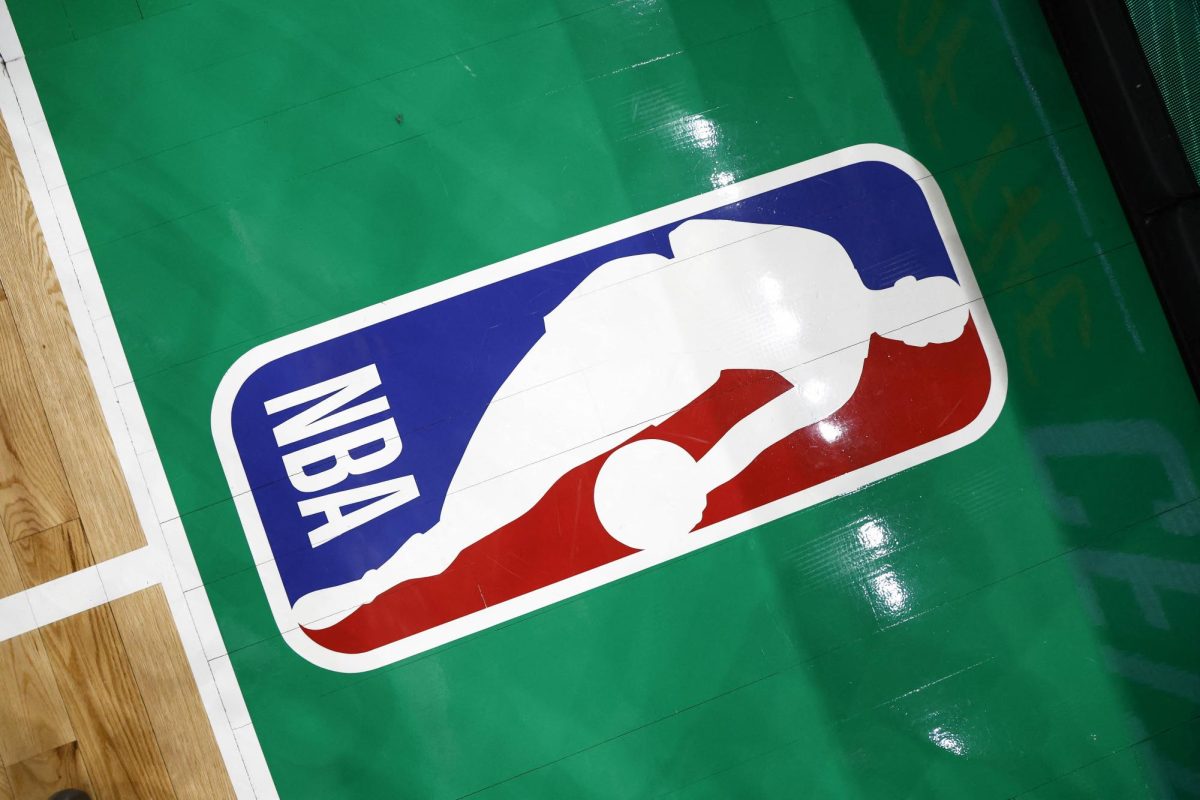Recently across social media platforms, floods of videos have been posted concerning potential risks of lead poisoning in the infamous Stanley Cups. After Stanley addressed that their products contained lead, many customers grew worried that they had been exposed to the toxic metal.
Many began using at-home lead test kits to discover if their Stanley’s contained lead; despite this, the validity of these tests is unknown and most experts say as a whole, the situation is getting blown out of proportion. Clinical professor of environmental public health sciences at NYU, Jack Carvanos, tested five Stanley cups himself. He did so on the top, side, bottom, and lip of the cups, yet he did not detect any lead. He states, “I could not find lead anywhere where it could pose a human health exposure risk.”
A Stanley spokesperson shared with Today that although their products do contain lead, it has to be severely damaged to expose it: “Rest assured that no lead is present on the surface of any Stanley product that comes into contact with the consumer nor the contents of the product.” On the bottom of each Stanley cup is a barrier of stainless steel that conceals the lead pellet. Even though this can possibly come off, it is considered “rare.” As long as your Stanley is in good condition, there should be no issue with lead exposure.
Thus, amidst these speculations, it appears that Stanley Tumblers continues to remain safe to drink from. Although Stanley should try to avoid hazardous products like lead, at the end of the day, unless you are throwing your cup down the stairs, you can continue drinking from it!
https://www.washingtonpost.com/wellness/2024/01/31/stanley-cup-lead-claims/
https://www.today.com/health/news/stanley-cups-lead-rcna135513













